When playing 501 darts, the rule is simple: you must finish the game by hitting a **double**. This means your last dart thrown must land in a double segment of the dartboard, bringing your score down to exactly zero. This article will comprehensively cover **any double finish 501 rules**, delving into legal finishes, strategy, and what happens if you don’t quite make it.
⚠️ Still Using Pen & Paper (or a Chalkboard)?! ⚠️
Step into the future! The Dart Counter App handles all the scoring, suggests checkouts, and tracks your stats automatically. It's easier than you think!
Try the Smart Dart Counter App FREE!Ready for an upgrade? Click above!
Understanding the Core of Any Double Finish 501 Rules
The requirement to end a game of 501 on a **double** is what separates it from many other dart games and adds a significant layer of strategy. It’s not just about getting your score down; it’s about setting yourself up to land that final, crucial dart. Failure to hit a double when required can result in a bust, adding another level of tension to the game.
Let’s break down the fundamental aspects of **any double finish 501 rules**:
- The Goal: Reduce your score from 501 to exactly zero.
- The Condition: The final dart thrown must be a double.
- The Consequence of Missing: If you reduce your score to one, zero with a single (non-double), or a negative number, your turn ends, and your score reverts to what it was at the start of that turn. This is often referred to as “going bust.”
These seemingly simple rules are the backbone of the game and influence every throw, especially as players approach the end of a leg.
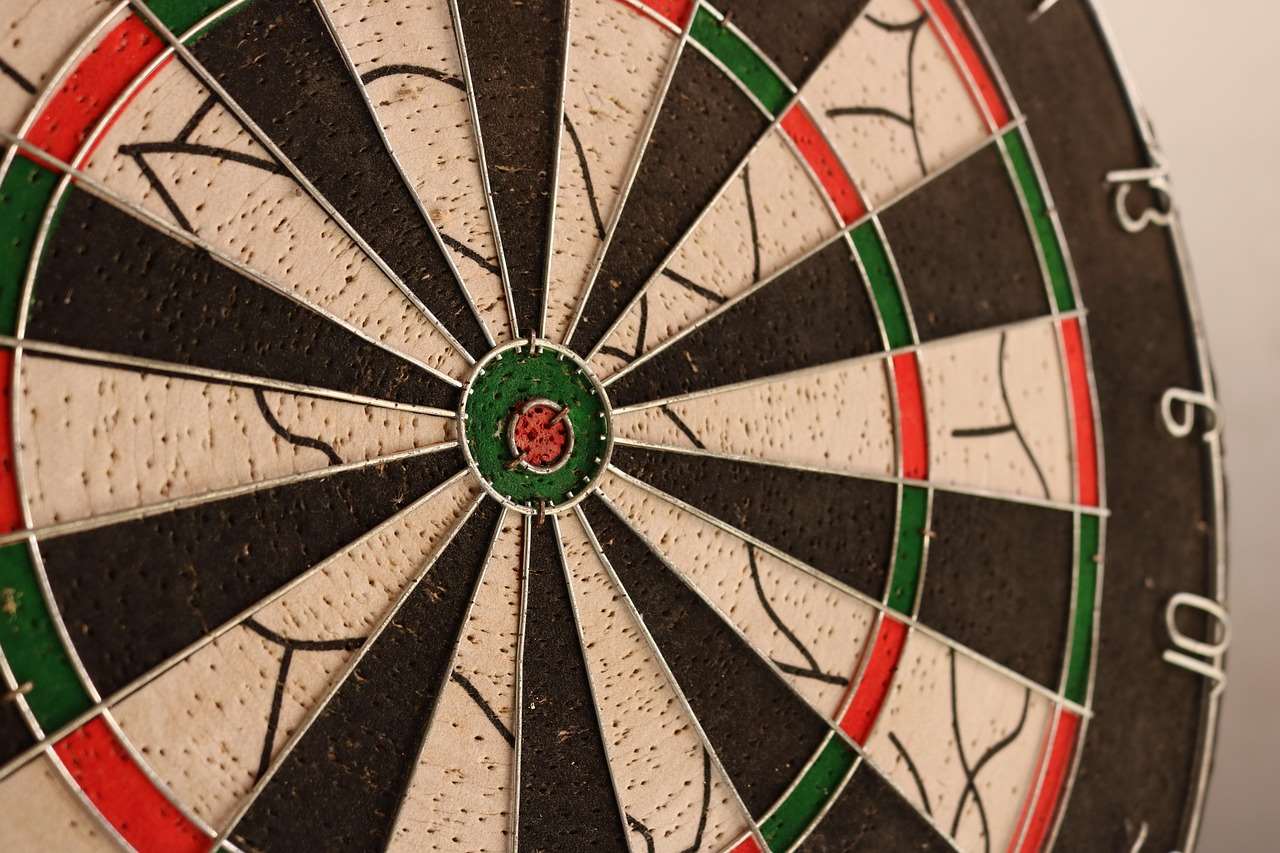
Navigating Legal and Illegal Finishes in 501
Knowing the legal and illegal ways to finish 501 is essential. Here’s a breakdown:
Legal Finishes:
A legal finish involves hitting a double that brings your score to exactly zero. Here are some examples:
- Remaining Score: 40 – Hitting double 20 (D20)
- Remaining Score: 32 – Hitting double 16 (D16)
- Remaining Score: 2 – Hitting double 1 (D1)
There are numerous possible legal finishes, and part of the skill of darts is setting yourself up for a manageable double.
Illegal Finishes (Busts):
An illegal finish, often called a “bust,” occurs when:
- Going Over: Any dart that brings your score below zero. For example, needing 20 and hitting a single 20 results in a bust.
- Finishing on a Single: Hitting a single number when you need a double to reach zero. For instance, needing 1 and hitting a single 1.
- Finishing on a Treble: Hitting a treble when you need a double to reach zero. For instance, needing 2 and hitting treble 1.
- Leaving a Score of 1: You cannot leave yourself with a score of one, as there’s no double that can reach zero from one. You’ll “bust” if you get to one, and your score will revert back to where it started that round.
Understanding these scenarios is critical for strategic play. You should always be aware of the potential for a bust and aim to avoid putting yourself in a position where it’s likely.
The strategic implications of these rules cannot be overstated. Players often deliberately avoid leaving themselves with odd numbers greater than one, as these can force them into difficult situations where a bust is more probable. Knowing the Darts Variants Fun Games is essential for gaining an advantage.
Strategic Implications of the Double Finish Rule
The **any double finish 501 rules** demand more than just accurate throwing; they require strategic thinking. Here’s how the double finish rule influences gameplay:
- Target Number Selection: Experienced players will often choose to aim for specific numbers that leave them with a preferred double. For example, if a player has 57 left, they might aim for a single 15 to leave them with 42, setting them up to target double 21 (although this is uncommon due to the segments’ proximity on the board). Or they may aim for a single 19 to leave double 19 which is a common outshot.
- Risk Management: As you approach the finish, risk assessment becomes crucial. Is it better to go for a bigger score and potentially bust, or play a safer shot that leaves you with a more manageable double?
- Mental Toughness: The pressure of hitting that final double can be immense. Players need to maintain composure and focus, especially under pressure from their opponent or the crowd.
Consider the situation where a player has 32 remaining. The obvious choice is to aim for double 16. However, if the player is feeling nervous or the board is unfavorable, they might opt for a single 16, leaving 16, and then attempt double 8. This illustrates the risk-reward calculation that **any double finish 501 rules** force players to make.
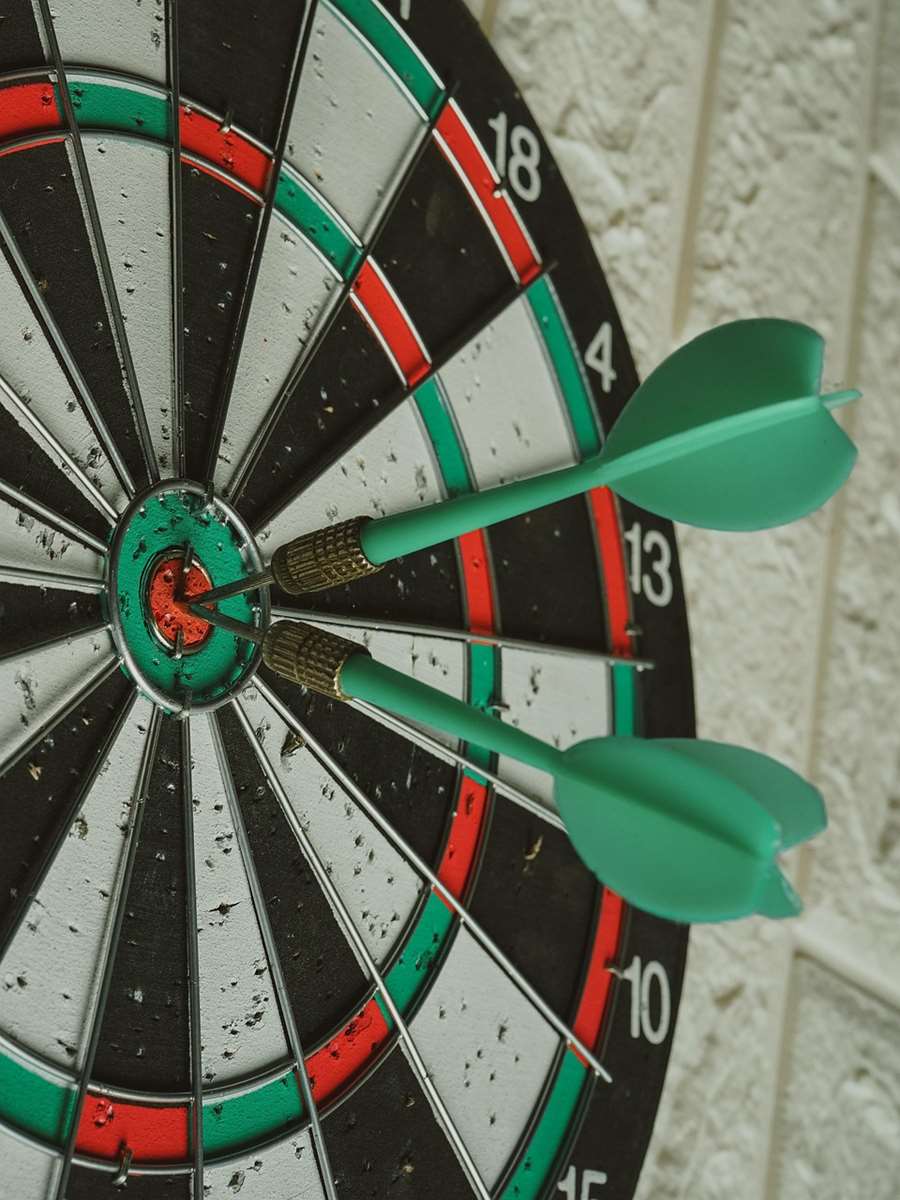
Common Double Out Strategies in Darts
Certain double-out strategies are more prevalent due to their simplicity and effectiveness. Here are a few popular options:
- Double 20 (D20): The most common double to aim for, leaving 40. If missed, can leave a relatively easy setup for the next throw.
- Double 16 (D16): Another frequently targeted double, leaving 32. A good alternative if D20 isn’t available or the player is feeling more confident with D16.
- Double 12 (D12): Used less often but can be a viable option depending on the player’s strengths.
- The “Shanghai” (T20, 20, D20): While not a specific double-out strategy, the Shanghai, consisting of a single 20, a treble 20, and double 20 on one turn for a score of 120, is a known tactic to dramatically reduce a score.
Learning these common double-out routes is essential for any aspiring darts player. Practice these regularly to build confidence and consistency.
What Happens If You Don’t Finish on a Double?
Let’s reiterate what happens when you fail to comply with **any double finish 501 rules**: You “bust”. When a player busts, the following occurs:
- Turn Ends: The player’s turn immediately ends.
- Score Reverts: The player’s score returns to what it was at the beginning of that turn.
- Opportunity Lost: The player loses the opportunity to reduce their score further, potentially allowing their opponent to gain an advantage.
Busting can be incredibly frustrating, especially if it happens after a series of good throws. It highlights the importance of careful planning and risk management as you approach the finish.
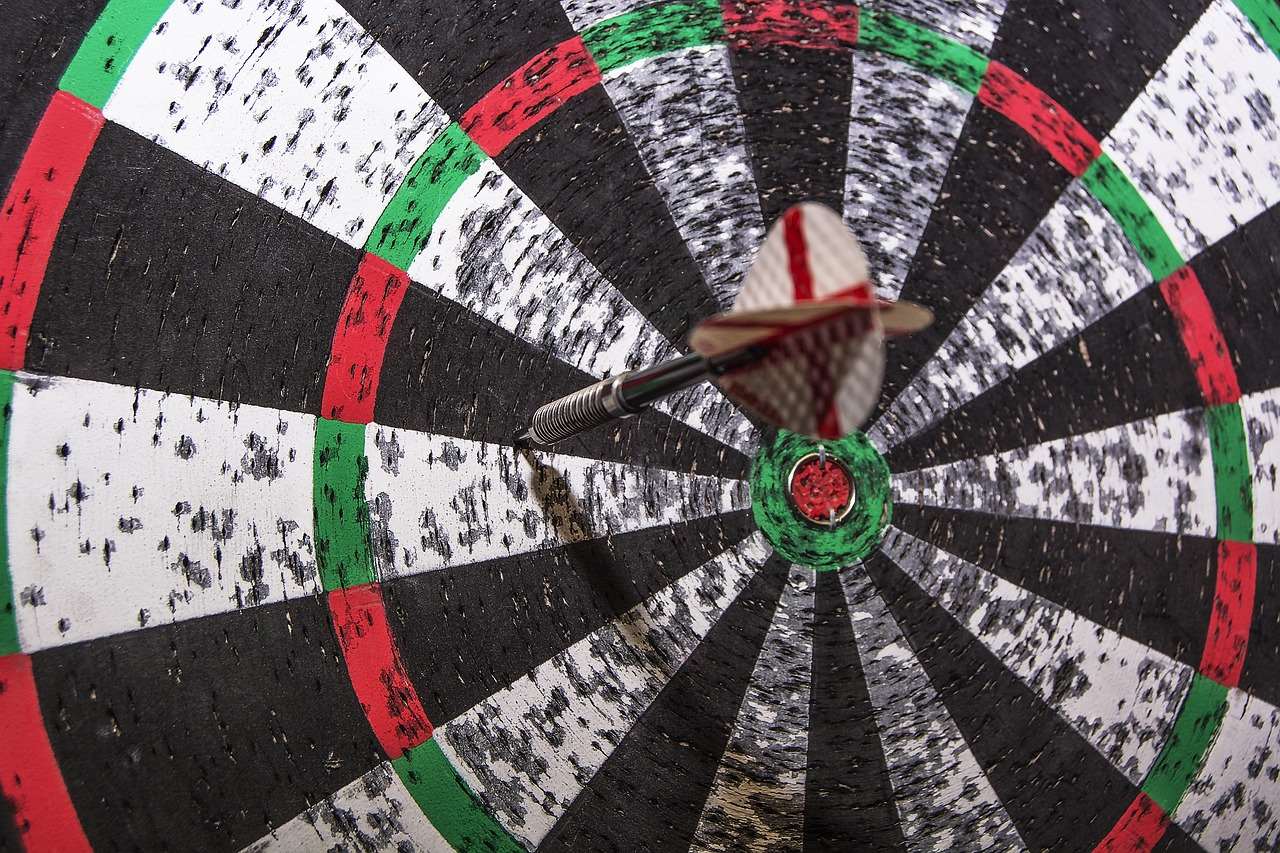
Practicing Your Double Finishes
Mastering double finishes requires dedicated practice. Here are some drills you can use to improve your accuracy and consistency:
- The “Around the Clock” Double Drill: Start at double 1 and work your way around the board to double 20, hitting each double three times before moving on.
- The “Double-Out” Challenge: Choose a specific double (e.g., double 20) and practice hitting it repeatedly until you can consistently land it.
- Simulated Game Scenarios: Practice finishing from common scores (e.g., 40, 32, 60) under simulated game conditions to build pressure resistance.
Consistency is key. Even short, regular practice sessions can yield significant improvements over time. Remember to focus on your technique, maintain a consistent stance, and visualize the dart hitting the target.
For those interested in the old dart games rules, the double finish adds complexity and modern strategy.
The Mental Game of Double Finishes
Darts is as much a mental game as it is a physical one, especially when it comes to double finishes. The pressure of hitting that final dart can be overwhelming, leading to anxiety and decreased performance. Here are some tips for managing the mental aspects of double finishes:
- Visualization: Before throwing, visualize the dart hitting the target. This can help build confidence and improve accuracy.
- Positive Self-Talk: Replace negative thoughts with positive affirmations. Tell yourself you can hit the double, even if you’ve missed it before.
- Deep Breathing: Use deep breathing techniques to calm your nerves and reduce anxiety.
- Focus on the Process: Instead of focusing on the outcome (hitting the double), focus on the process of throwing the dart correctly.
Developing mental resilience is crucial for success in darts. Learn to manage your emotions and stay focused under pressure, and you’ll be more likely to hit those critical double finishes.
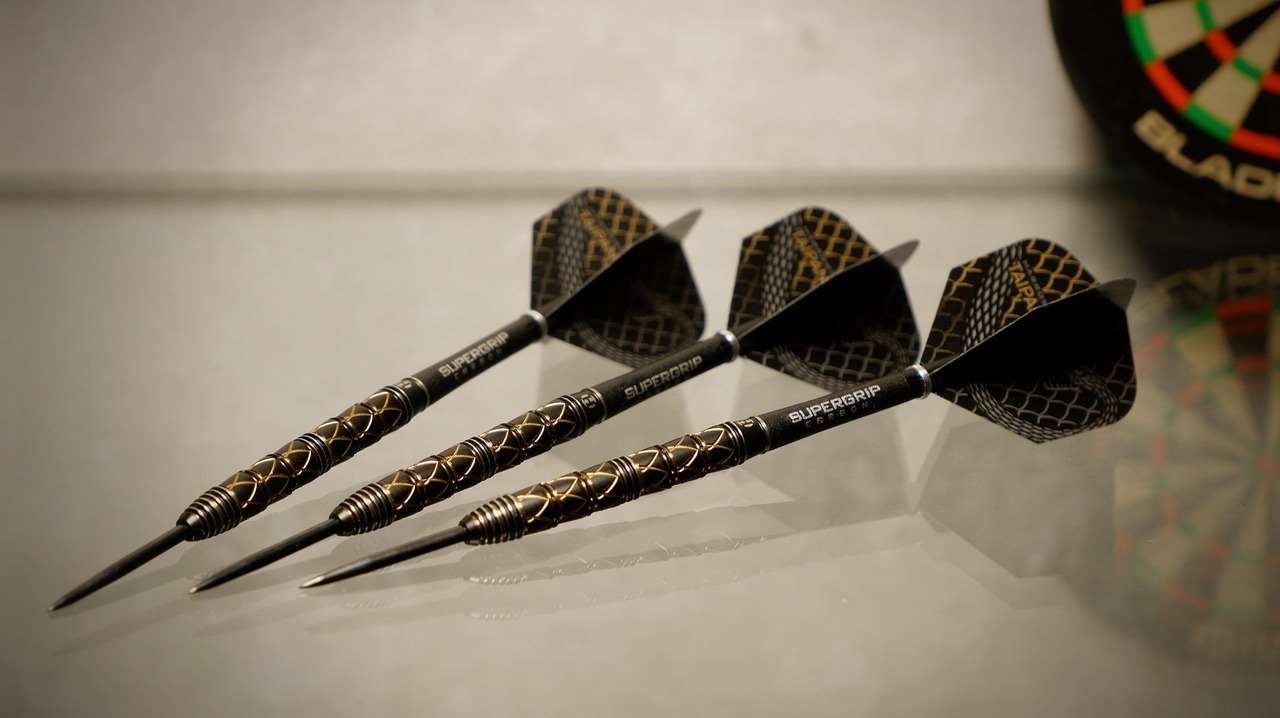
Alternative Double Finish Rules and Variants
While the standard **any double finish 501 rules** are the most common, some variations exist:
- Double In/Double Out: Requires a double to start *and* finish the game. This adds an extra layer of difficulty and strategy.
- Master Out: Requires either a double or a treble to finish. This is less common than the standard double out but can be used to add variety to the game.
Experimenting with these variants can be a fun way to challenge yourself and improve your overall darts skills. They force you to think differently and adapt your strategy.
Also, players can learn about obscure dartboard games list which help broaden the scope of their dart knowledge.
Common Mistakes to Avoid When Attempting a Double Finish
Even experienced players make mistakes when attempting double finishes. Here are some common pitfalls to avoid:
- Rushing the Throw: Taking too little time to aim and focus.
- Overthinking: Getting caught up in negative thoughts and anxieties.
- Changing Your Technique: Altering your stance or grip due to pressure.
- Ignoring Board Conditions: Not paying attention to the position of previous darts or the condition of the dartboard.
By being aware of these common mistakes, you can take steps to avoid them and improve your chances of hitting that crucial double.
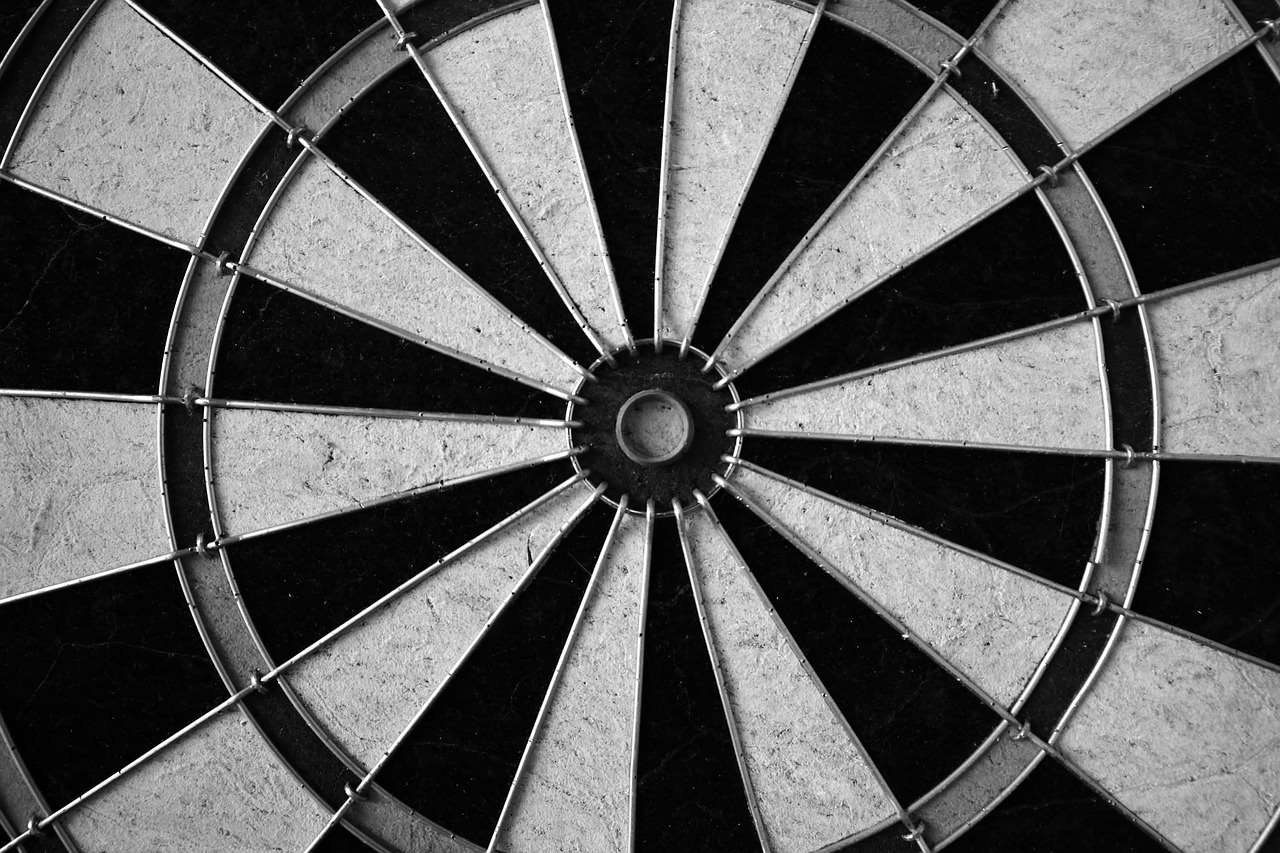
Conclusion: Mastering Any Double Finish 501 Rules
Understanding and mastering **any double finish 501 rules** is fundamental to success in darts. It requires a combination of accurate throwing, strategic thinking, and mental toughness. By practicing regularly, developing effective double-out strategies, and managing your emotions under pressure, you can significantly improve your ability to finish legs consistently. So, grab your darts, step up to the oche, and start honing your double-finishing skills today!
Ready to take your darts game to the next level? Learn more about advanced strategies and techniques by exploring our other articles on darts. Start improving your game today!
Hi, I’m Dieter, and I created Dartcounter (Dartcounterapp.com). My motivation wasn’t being a darts expert – quite the opposite! When I first started playing, I loved the game but found keeping accurate scores and tracking stats difficult and distracting.
I figured I couldn’t be the only one struggling with this. So, I decided to build a solution: an easy-to-use application that everyone, no matter their experience level, could use to manage scoring effortlessly.
My goal for Dartcounter was simple: let the app handle the numbers – the scoring, the averages, the stats, even checkout suggestions – so players could focus purely on their throw and enjoying the game. It began as a way to solve my own beginner’s problem, and I’m thrilled it has grown into a helpful tool for the wider darts community.